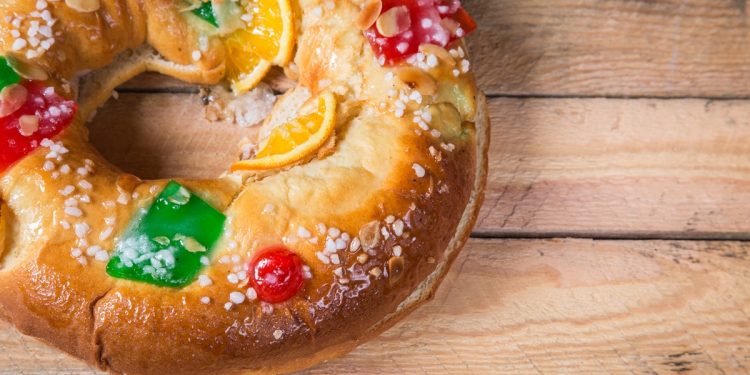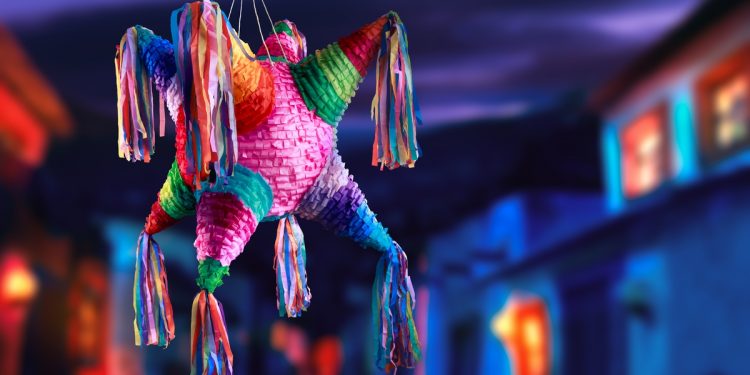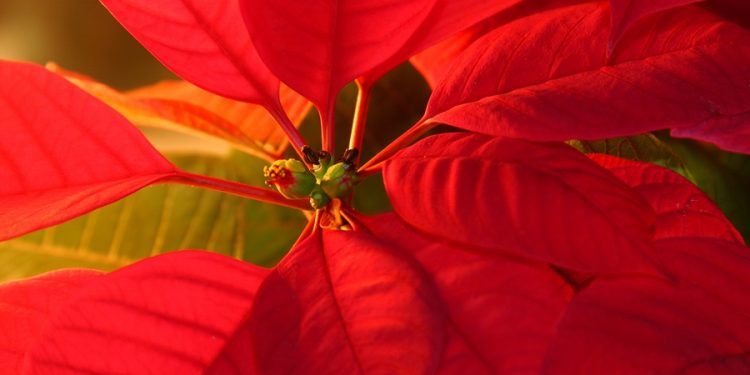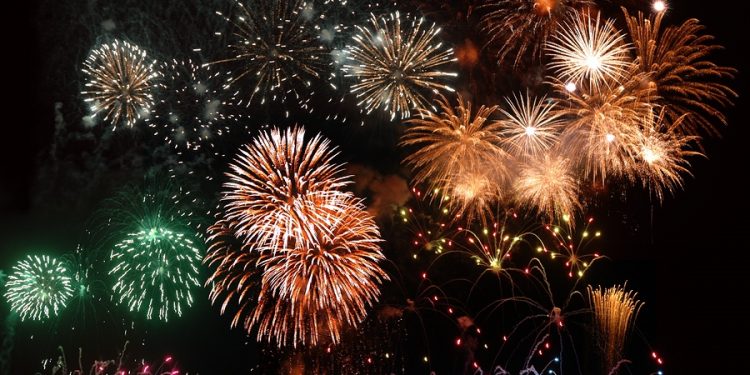The Guadalupe-Reyes festive period, that begins December 12th, continues after the posadas and Christmas Eve supper with preparations for New Year’s Eve to celebrate a year passed and the new one that is about to unfold.
Most Mexicans spend the eve of the New Year at a private party hosted in their home with close friends and family gathered near; younger people may attend dinner parties at hotels or other events hosted in public plazas; and some families who live in cooler climates may repair to the one of Mexico’s coastal resorts for some winter warmth and a party at a privately-rented house, or attend a dinner party at their hotel.
New Year celebrations at family homes
Families tend to pass New Year’s Eve at their homes in Mexico—either at their own, or at a nearby friend’s house, where a party may be organized, or a more simple gathering with a supper and drinks prepared. The celebrations might later spill-out onto the local street, where an impromptu and convivial congregation with the neighbors could take place.
New Year dinner parties
Young adults usually ring-in the New Year with their friends and cohorts at locally-arranged parties or public plazas. In urban centers —and especially in Mexico’s three big cities— fashionable ‘chic’ hotels arrange a New Year’s Eve dinner and a party for a fixed price. Revelers at these events will usually repair to one of the hotel’s rooms, with late check-out arrangements in place allowing guests to sleep-off the party.
Popular oceanside resorts like Los Cabos, Puerto Vallarta, Cancun and the Riviera Maya fill-up for New Year’s Eve, and you can expect to pay a premium for experiencing celebrations at these places—whether you stay at a hotel, or rent a private home.
Some hotels and resorts host dinner parties with dancing, live music or other entertainments for guests who want to participate, and some also welcome guests who are not staying at the hotel/resort—check locally for details.
Some of the more elegant hotels in Mexico’s provincial cities may host a gala dinner and dance event; room rates are in-line with their high-season prices and there is an additional cover charge to attend the dinner and cocktail party.
Civic events and local markets
In larger towns and cities, you’ll find civic events taking place in and around the zocalo (central plaza), which usually includes market stalls, food and drink stands, live music, dance groups, as well as other forms of street entertainment. Street and public festivities vary by town and city—check locally for details and arrangements.
Elegant firework displays
Fireworks are tremendously popular for all types of celebrations in Mexico, and New Year firework displays tend to be among the most elegant.
In smaller towns and villages locals usually set-off private displays in their gardens, at local neighborhood town squares, or on their street. Formal displays arranged by local governments or hotels & resorts can offer extravagant displays which feature a wide assortment of pyrotechnics and create spectacular shows of light and sound for anyone in the vicinity to witness and enjoy.
Grapes and other traditions
In addition to the demand for fireworks, markets undertake a brisk trade in grapes on the run-up to New Year, as well as red and yellow-colored underwear.
These satisfy a demand to uphold Mexican traditions which include eating twelve grapes at midnight —one grape to be taken on each strike of the midnight toll— and, for the superstitious, wearing red underwear to draw luck in matters of love, and yellow underwear to draw luck in matters relating to money during the coming year.
Another tradition practiced by some with plans to travel in the New Year is to carry an empty suitcase around the block, so as to attract good fortune in one’s future expeditions. Some parties also celebrate the New Year by breaking open a piñata.
An older tradition, not witnessed frequently these days, is one where a well-heeled member of the local community throws coins —traditionally silver troy ounces, although today Mexican legal tender is more common— from a high balcony or a rooftop to children who gather below and retrieve the falling coins for spending in the New Year.
Traditional Mexican food for New Year’s Eve
The traditional foods taken on the eve of the New Year include bacalao, a salted dried codfish re-hydrated and prepared in a stew with fresh chiles and green olives; tamales, natural corn-paste flavored using sweet or savory ingredients, wrapped in corn leaves and steamed; and bañuelos, light and crisp Mexican wafers drizzled with a sweet syrup made using piloncillo.
Traditional seasonal tipples include ponche, a fruit-punch spiked with rum; and rompope—eggnog. Tequila and mezcal, champagne, and sparkling cider (sidra) are also firm favorites for New Year celebrations here.
The Guadalupe-Reyes festive period continues
With party-goers well-fed and properly watered, and grapes scoffed at the stroke of midnight, a ritual of hugs and kisses begins, in line with Mexican social etiquette, before dancing and music continues into the early hours and, for some, through to daybreak on January 1st.
Following the year-end climax celebrations, Mexico’s festivities continue into the New Year: the Guadalupe-Reyes festive period that begins with Día de Guadalupe on December 12th, continues until January 6th, King’s Day, or Epiphany.
Christmas and New Year traditions in Mexico
Mexperience helps you to discover Christmas traditions in Mexico and enjoy all the country offers during this important festive period:
- Learn about preparing for Christmas and New Year in Mexico
- The story of Juan Diego and Guadalupe
- Christmas party Piñatas
- The Christmas Aguinaldo
- Learn about Mexican party foods at Christmastime
- Enjoying Mexico’s traditional Christmas Posadas
- December Festivities and the Christmas Experience
- New Year Celebrations in Mexico
- Kings’ Day gifts and Rosca de Reyes
- Articles about Christmas and New Year in Mexico
Mexico in your inbox
Our free newsletter about Mexico brings you a monthly round-up of recently published stories and opportunities, as well as gems from our archives.






